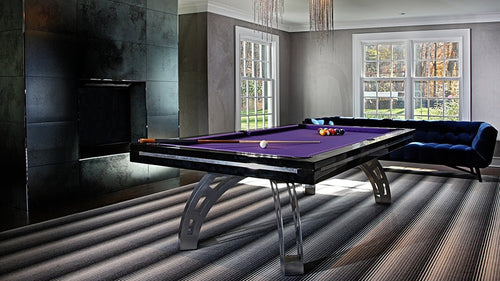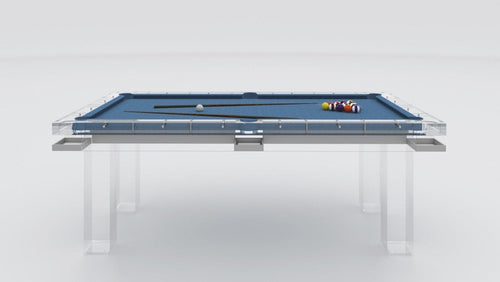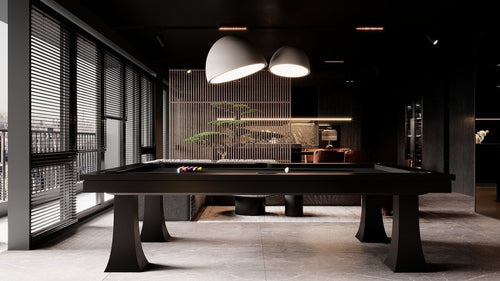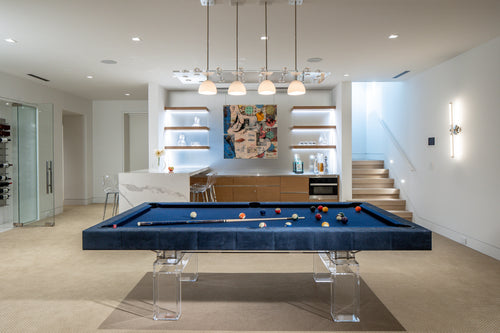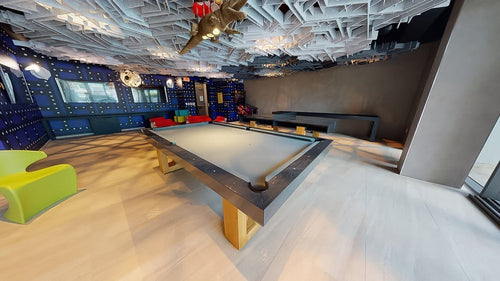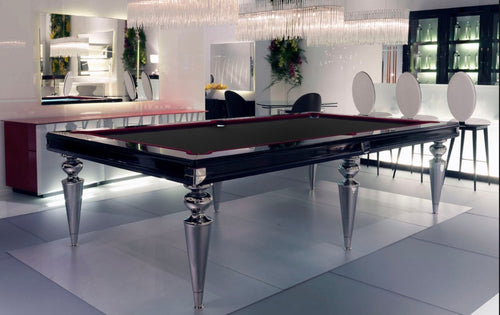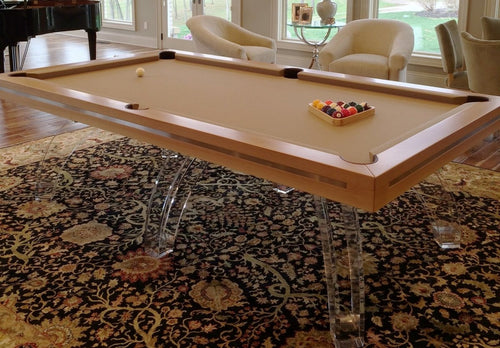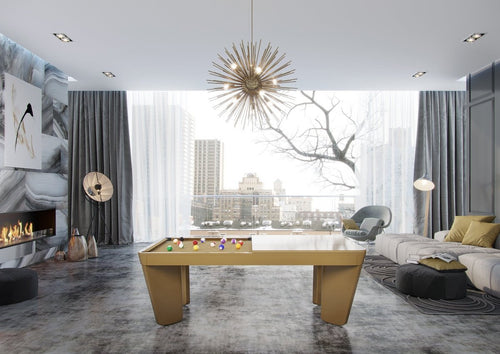Enjoy our modern designs
Estimated Read Time: 5 mins |
Windows do more than simply let light into a room—they shape how we experience interior space, connect us to the outside world, and influence the character of our homes or workplaces. Properly designed and strategically placed, windows can bring an interior to life, harnessing natural light and ventilation while preserving privacy and supporting everyday functionality.
1. Defining the Interior–Exterior Relationship
Windows are transitional elements that influence how a space integrates with its surroundings. Whether they form a small punch in a wall or span floor-to-ceiling as a glass facade, windows control the level of visual and physical connection between inside and out:
- Visual Merging: Expansive glass surfaces visually blend indoor areas with outdoor views, making rooms feel larger and more harmonious.
- Sense of Enclosure: Smaller, carefully placed windows maintain privacy or focus attention on specific outdoor vignettes.
- Light & Air: Natural ventilation and daylight are central to any sustainable approach, enabling fresh air and reducing reliance on artificial lighting.
2. Impact on Interior Atmosphere and Layout
- Illumination & View: A well-positioned window draws in sunlight, highlights textures, and provides curated glimpses of the outside, adding visual variety.
- Orientation for Furniture: Many people prefer seating areas oriented toward natural light, so designers must factor in window height, sill levels, and overall arrangement.
- Space Planning: Large window walls can restrict furniture placement, while clerestory or higher-set windows preserve wall space for cabinets and decor.
- Daylighting vs. Glare: Managing the angle and intensity of light can prevent harsh reflections or overheating, ensuring a comfortable interior environment.
3. Scale, Proportion, and Human Factors
- Window Head & Sill Heights: Placing a sill around waist level and a head slightly above eye height satisfies both practical and visual comfort.
- Subdividing Large Openings: Splitting broad panes into smaller sections can maintain a familiar human scale, preventing the facade from feeling overwhelming.
- Material & Frame Choice: The color, thickness, and detail of frames affect how spacious or enclosed a room appears.
4. Privacy, Views, and Undesirable Sightlines
- Translucent Glazing & Sheer Fabrics: These allow daylight in while blurring outside views—a solution for urban settings or rooms facing neighboring structures.
- Landscaping: Exterior plants or hedges can conceal undesirable vistas, adding greenery and softening the boundary between inside and out.
5. Aesthetic Integration
- Framing & Trim Details: Simple, contemporary frames can dissolve the boundary between interior and exterior, while pronounced trim can define the wall plane.
- Architectural Patterning: Aligning windows to structural lines or repeating shapes fosters visual cohesion and underscores the design language of a space.
- Composing Views: Designers consider what is visible through the panes, effectively turning the outdoors (or another interior space) into a featured element.
6. Sustainable Design and Energy Codes
- Managing Solar Gain: Window orientation and shading devices can mitigate excessive heat in summer and welcome solar warmth in colder months.
- Ventilation: Cross-ventilation strategies promote fresh airflow while reducing reliance on air conditioning.
- Code Compliance: Building codes may dictate maximum glazing areas, insulation values, or window-to-wall ratios, all influencing design decisions.
7. Coordination with Other Systems
- HVAC & Electrical: Ventilation registers and wiring near window areas must be planned, especially for expansive glazing.
- Interior Finishes: The wall plane between windows should accommodate furniture, fixtures, or art displays.
- Lighting Layout: Integrating daylighting with artificial fixtures ensures balanced illumination throughout the day.
8. Holistic Space Planning
- Bubble Diagrams & Block Plans: Designers map out functional areas while identifying zones that benefit most from natural light.
- Room Priorities: Living rooms, home offices, or dining areas might have larger windows for scenic views, while service areas may require fewer openings.
Enriching the Interior Experience
Ultimately, a well-placed window transforms a wall from a flat boundary into a dynamic interface—ushering in daylight, fresh air, and a connection to the outside world. When thoughtfully integrated, windows enliven interior spaces, balance privacy with openness, and create opportunities for sustainable design.
Whether showcasing panoramic landscapes or framing a charming courtyard, effective window design is crucial to making interiors feel vibrant and connected.



